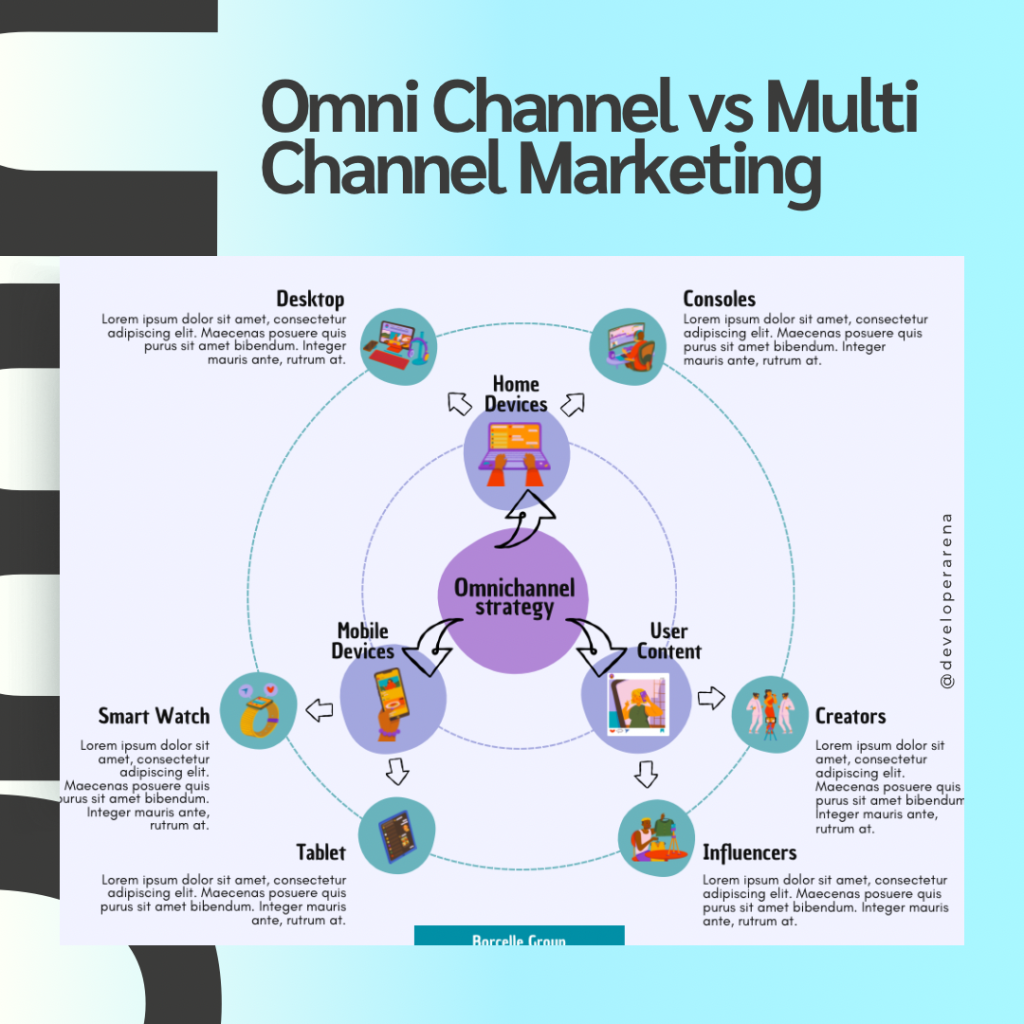Shopify vs. Amazon
Selecting the right platform is crucial for success when establishing an online business. Shopify and Amazon are prominent platforms offering distinct advantages and catering to different business needs. In this article, we will compare Shopify and Amazon, exploring their features, benefits, and drawbacks to help you make an informed decision for your e-commerce venture.
Revealing the Fundamental Differences
Shopify and Amazon are two prominent e-commerce platforms with fundamental differences. Shopify is an all-in-one e-commerce platform enabling businesses to independently create and manage online stores. It offers extensive customization options, allowing merchants to tailor their store’s design, branding, and functionality.
With Shopify, businesses have more control over their online presence and can create unique, engaging customer experiences. On the other hand, Amazon is a massive online marketplace where sellers can list and sell their products. It provides a ready-made customer base and offers fulfillment options through its FBA service. While Amazon prioritizes product sales and customer experience within its platform, individual store customization is limited. Sellers must adhere to Amazon’s templates and guidelines, creating a more consistent shopping experience.
Additionally, Shopify provides flexibility regarding fulfillment options, allowing businesses to choose self-fulfillment, third-party logistics providers, or Shopify Fulfillment. Amazon’s FBA service streamlines fulfillment, with Amazon handling order processing and shipping. Regarding pricing, Shopify operates on a subscription model with transaction fees, while Amazon charges referral fees and additional costs for FBA services and advertising.
Understanding these fundamental differences is crucial for entrepreneurs to choose the platform that aligns with their business goals, brand identity, and fulfillment preferences.
Search Engine Optimization (SEO)
Shopify: Shopify provides robust SEO capabilities that empower users to optimize their online stores for search engines. With customizable title tags, meta descriptions, and URLs, you can tailor your content to target specific keywords and improve your search engine rankings. Additionally, Shopify offers built-in blogging functionality, allowing you to create SEO-friendly content that drives organic traffic to your store.
Amazon: While Amazon dominates as an online marketplace, its SEO capabilities are more limited than Shopify. Amazon’s search algorithm primarily relies on product relevance, sales velocity, and customer reviews. As a seller on Amazon, you can optimize your product listings with keyword-rich titles, bullet points, and descriptions to enhance visibility within the platform. However, external SEO efforts are limited, as you are mainly operating within Amazon’s ecosystem.
Branding and Customization
Shopify: Shopify provides extensive customization options, allowing you to create a unique and branded online store. You have complete control over the design, layout, and user experience, enabling you to showcase your brand identity effectively. With a wide range of themes, templates, and plugins, you can customize your store’s appearance and functionality to align with your business goals.
Amazon: Amazon focuses primarily on the marketplace and product listings rather than individual store branding. While you can include your logo and brand name, your Amazon store’s overall design and layout are limited. Customization options are minimal, and you must adhere to Amazon’s guidelines and templates, which may limit your ability to differentiate your brand.
Fulfillment and Shipping
Shopify: You can choose your preferred fulfillment method with Shopify. You can opt for self-fulfillment, handling inventory storage and shipping, or integrating with third-party logistics providers. Shopify also offers its fulfillment network, Shopify Fulfillment, for streamlined order management and shipping.
Amazon: Amazon’s Fulfillment by Amazon (FBA) service is a popular seller choice. FBA allows you to store inventory in Amazon’s warehouses, and they handle the picking, packing, and shipping of orders. This provides the advantage of Amazon Prime eligibility, fast shipping, and customer trust associated with the Amazon brand. However, FBA comes with fees and storage costs that should be considered.
Cost and Pricing
Shopify: Shopify offers various pricing plans to accommodate businesses of all sizes. The price includes hosting, security, and customer support. While there are transaction fees for each sale, these can be reduced or eliminated by using Shopify Payments as your payment gateway. Additionally, Shopify provides a wide range of affordable and premium themes, plugins, and apps to enhance your store’s functionality.
Amazon: Selling on Amazon involves different fee structures, depending on the type of account and products you sell. There are additional charges for FBA services, storage, and advertising, along with referral fees. While selling expenses can eat into your profit margins, the massive customer reach and potential for sales on Amazon can outweigh these costs for many sellers.
Unveiling Marketing Capabilities: Shopify vs. Amazon
Shopify provides comprehensive marketing tools and SEO capabilities, allowing users to optimize store-level content and drive traffic through features like 301 redirects, meta tags, and alt text. It also offers Shopify Email for easy email marketing and integrates with Google and Facebook for advertising. The Shopify marketplace has a wide range of apps to enhance marketing capabilities further.
On the other hand, Amazon’s marketing capabilities are more limited. Sellers must optimize their product pages within the Amazon marketplace search engine, and the focus is on Amazon’s shipping and fulfillment services, including Amazon FBA and access to the Prime program. While Amazon provides trusted fulfillment, Shopify offers a more robust and diverse range of marketing features overall, especially with the help of its extensive app marketplace.






